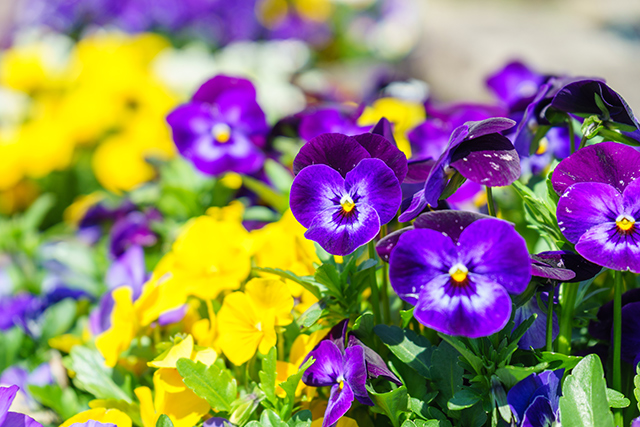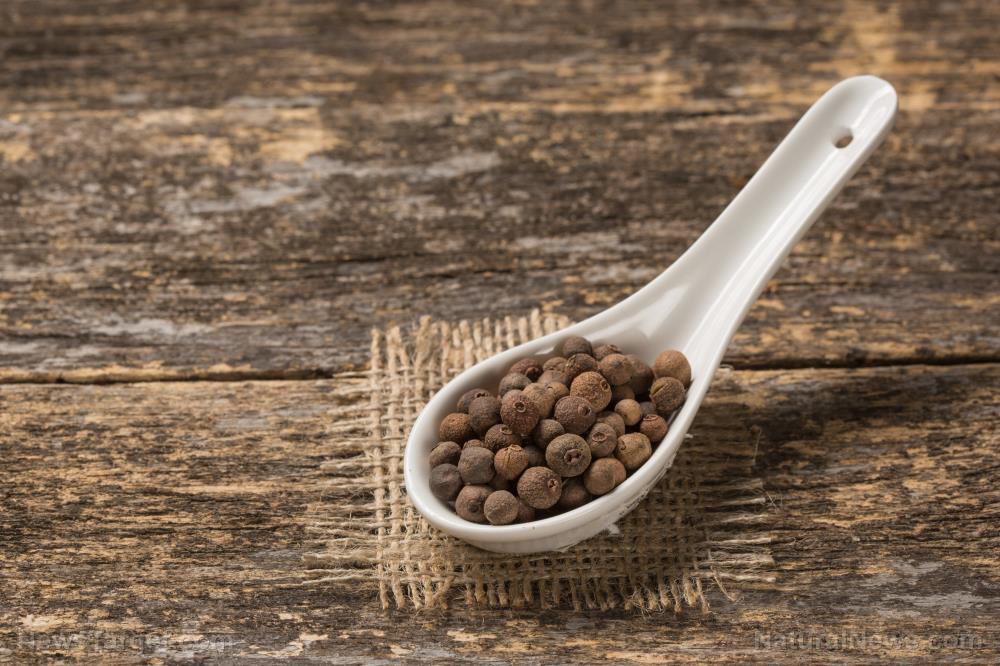
Use the edible blossoms included in the list below to add unique colors and flavors to your meals.
Borage
Borage, also called starflower, is an herb with delicate, star-shaped flowers. The plant can bear blue, pink, or white blossoms.
The flowers and leaves of the plant are both edible. The flowers have a slightly sweet flavor similar to cucumber and honey.
Borage flowers can be eaten fresh in a salad or used as a garnish for desserts and cocktails. They can also be cooked and added to sauces, soups, or stuffed pasta fillings.
In herbal medicine, borage is used to treat minor ailments like a cough or a sore throat.
Chamomile
Chamomile is a floral herb often used in cooking and traditional medicine.
The blossoms give a slightly sweet, earthy flavor to dishes. Recipes usually call for heating the flowers in a liquid to extract their flavors and bioactive compounds.
The plant's blossoms are often used to make chamomile tea, but the flowers are also used to make syrups or other infusions for baked goods, desserts, or smoothies.
Medicinally, chamomile can help reduce anxiety and improve sleep quality.
Dandelion
Dandelions aren't just garden weeds, they're also nutritious edible flowers. The flowers are rich in plant compounds with potent antioxidant properties.
Dandelion greens, flowers, and roots are edible. Dandelion greens, which can be consumed raw or cooked, are full of vitamins A, C, and K. Add dandelion greens to casseroles, salads, sandwiches, stews, or other dishes that need hearty greens.
Dandelion flowers can be eaten raw, either on their own or added to a salad.
The plant's roots are full of the carbohydrate inulin, a type of soluble fiber that promotes the growth and maintenance of the "good" bacteria in your intestinal tract. The roots can be steeped to make tea.
Hibiscus
Hibiscus plants produce large, beautiful blossoms. The most popular edible variety is roselle or Hibiscus sabdariffa. Hibiscus flowers are found in various colors such as red, white, yellow, and different shades of pink.
Hibiscus has culinary and medicinal applications. The blossoms can be eaten straight from the plant, but hibiscus is often used to make jams, relishes, salads, or teas.
Hibiscus tea is bright red and has a tart, sour flavor. You can serve it hot or as a refreshing iced beverage.
Hibiscus can help reduce blood pressure and cholesterol levels.
Honeysuckle
Fragrant honeysuckle blossoms, which are usually light yellow or white, contain nectar that can be eaten straight from the flower.
Honeysuckle is commonly used to make tea or fragrant, flavorful syrups. Honeysuckle can be used to sweeten iced tea, lemonade, sorbets, and yogurt.
Honeysuckle is often used in traditional Chinese medicine. The flower and its extracts are either ingested or applied to the skin to address different inflammatory conditions. Take note that the berries of some varieties can be toxic if consumed in large quantities.
Lavender
Lavender is a woody, floral herb with tiny violet flowers. Famous for its distinctive fragrance, lavender is believed to have calming effects.
Lavender's beautiful color and pleasing aroma make it a popular ingredient for baked goods, herbal teas, herb mixtures, infused syrups, and liqueurs. Lavender's flavor pairs well with both sweet and savory ingredients, such as berries, chocolate, citrus, rosemary, sage, and thyme. (Related: The Health Benefits of Edible Flowers.)
Nasturtium
Nasturtium has brightly colored blossoms and a unique, savory flavor, making it a popular culinary ingredient.
Both nasturtium leaves and flowers are edible. Consume them raw or cooked if you want to make dishes with a peppery, slightly spicy flavor. The blossoms have a milder flavor compared to the leaves.
Nasturtium contains different minerals and health-promoting compounds with antioxidant and anti-inflammatory effects.
Pansy
Pansies have small blossoms, and they usually come in hues of blue, purple, and yellow. The flowers have five overlapping petals with a dark area in the center that looks like an ink stain.
Pansies usually have a fresh, mild, and lightly floral flavor, but the taste can vary depending on the type. Colorful pansies are often added to desserts like cakes, cookies, and pastries. Alternatively, pansies can be finely chopped and added to a simple green salad.
Rose
When choosing a rose variety to cook with, flowers that smell pleasant are likely to taste good. However, only rose petals are edible.
The flower's petals have a very aromatic, floral, and slightly sweet flavor. Eat rose petals raw or mix them with various fruit or green salads. Fresh rose petals can be muddled and added to a liquid to produce rose-infused beverages, jams, and jellies.
Rose petals contain compounds that can help reduce anxiety and promote relaxation.
Squash blossom
Like squash itself, squash blossoms are also edible. These flowers form on all types of summer squash, but the most popular come from zucchini.
Bright yellow zucchini flowers have a long, rounded bell shape. Eat squash blossoms raw as a garnish or chopped and added to salads.
The next time you're hosting a dinner at home, use some of these lovely flowers to create eye-catching and nutritious dishes that your guests will love.
Sources include:
Please contact us for more information.























